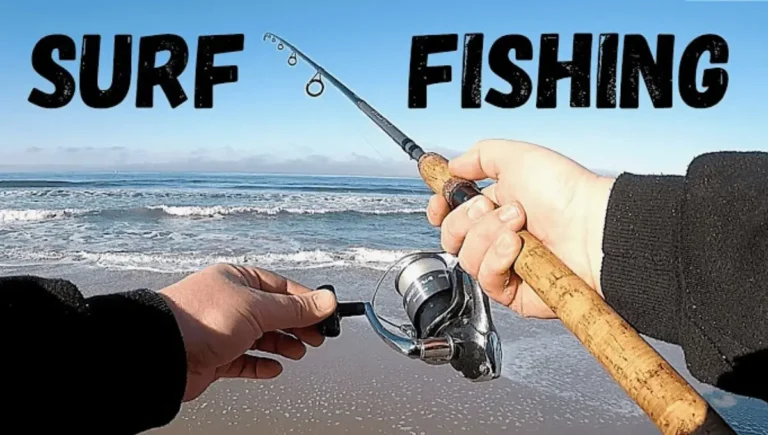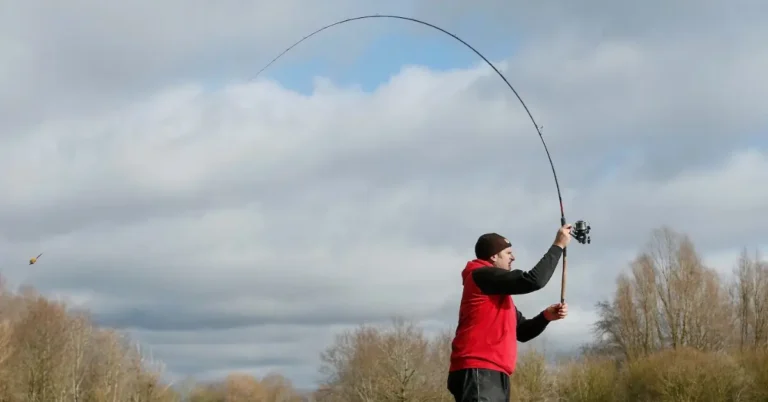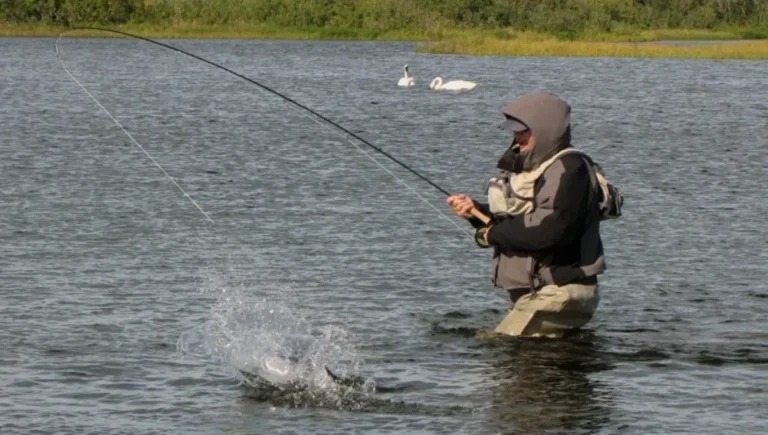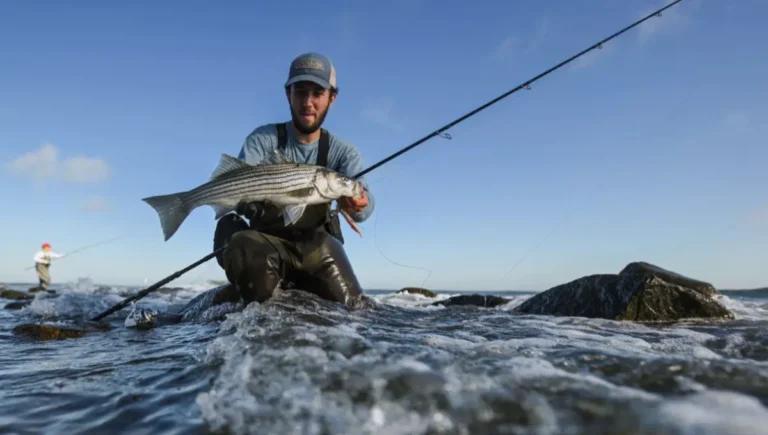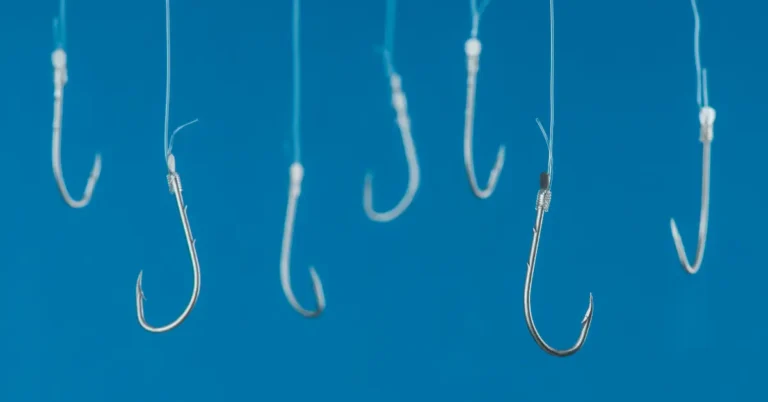What Color Braid Line for Surf Fishing
Choosing the right color for your braid line is a critical decision for surf fishing enthusiasts. The color of your line can make a significant impact on the success of your fishing expedition, affecting the depth at which your bait sinks and its visibility underwater. This choice can truly make or break your day on the water.
The key is to understand the scenarios in which different colors excel and tailor your selection accordingly. In this article, we will explore the best color options for surf fishing, providing essential insights to help you optimize your chances of a successful and rewarding catch. Whether you’re a seasoned angler or just starting, making an informed decision about your braid line color is paramount for a fruitful fishing experience.
Also Read: What Size Weight Should I Use For Surf Fishing
Understanding the Fishing Environment: Key Considerations for Success
To succeed in fishing, seasoned anglers emphasize the importance of comprehending the environment in which you cast your line. Whether you find yourself in the tranquility of a slow-moving river, the serenity of a quiet cove, or the tumultuous expanse of the open ocean, each fishing location presents its distinct challenges and opportunities.
Investing time in understanding the specific characteristics of your chosen spot enables you to equip yourself with the right gear, lures, and techniques. Furthermore, a profound awareness of your surroundings enhances your appreciation for the natural beauty, turning every fishing trip into a more enriching experience. The next time you embark on a fishing expedition, take a moment to reflect on the unique environment you’re in, recognizing how it can elevate the overall journey of your angling pursuits.
Best types of braid for certain species
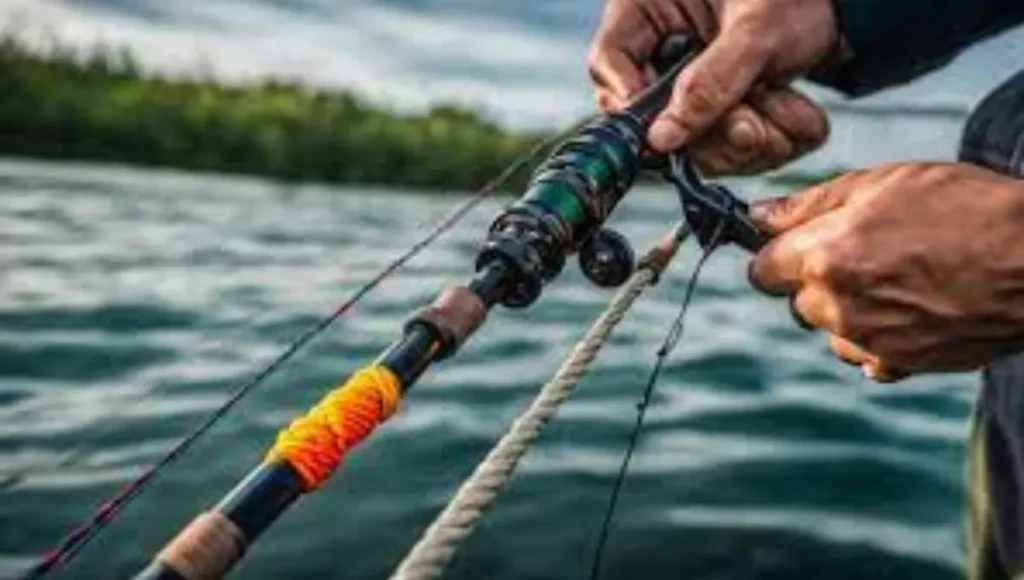
Opting for braided fishing lines can substantially enhance your chances of success with various fish species, but it’s crucial to recognize that not all braids are the same. Tailoring your choice to the specific target species is key. In bass fishing, anglers favor a braided line with a weight ranging between 20-30 pounds, providing enhanced sensitivity and casting distance.
Conversely, for smaller species like trout, a thinner and lighter braid with a 10-15 pound test is preferred. When tackling saltwater behemoths like tarpon or bonefish, a robust braided line within the 60-80 pound test range becomes imperative for successfully reeling in those substantial catches. The significance of selecting the right braid tailored to your target species cannot be overstated, as it significantly influences your overall fishing success.
How to choose the right size and length of line for your situation
Selecting the correct size and length of your fishing line is a crucial element that can significantly influence your overall fishing experience. Whether you’re angling for a sizable catch or simply casting for enjoyment, having the right line is instrumental in enhancing your chances of success. One vital consideration is the weight of the fish you’re targeting.
Opting for a thicker line is imperative when dealing with heavier fish to prevent it from snapping under pressure. Moreover, the length of the line plays a pivotal role in your casting capabilities and reach. Choosing a shorter line is suitable for smaller bodies of water, while a longer line becomes essential for larger bodies of water or when engaged in surf fishing. Thoughtful deliberation of these factors is key in ensuring that you choose the most suitable line to meet your specific fishing requirements.
Tips for Proper Storage and Maintenance of Braid Lines
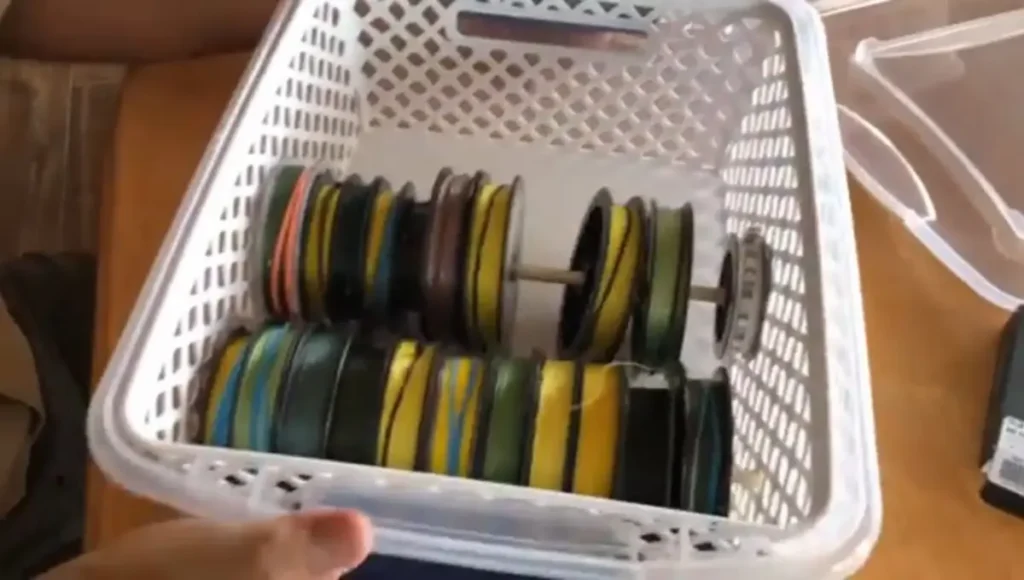
Braided fishing lines are a favored choice among anglers due to their robustness and strength. However, like any fishing equipment, proper storage and maintenance are crucial to ensure their durability. It’s essential to shield braid lines from direct sunlight and heat, as prolonged exposure can lead to material weakening.
Keeping them dry and avoiding exposure to moisture or humidity is equally important to prevent issues like mildew and line deterioration. Regularly inspecting the braid lines for signs of wear, such as fraying or knots, is key, and any damaged sections should be promptly replaced. Adhering to these guidelines helps preserve the quality of your braid lines, ultimately extending their lifespan for continued fishing success.
Popular Colors for Surf Fishing and Their Effectiveness
To land a substantial catch during surf fishing, understanding the optimal colors for your bait and lures is crucial. Experienced anglers often gravitate towards colors like chartreuse, white, and pink for their effectiveness. These hues successfully mimic the natural prey of many fish species, enhancing your chances of success.
Chartreuse replicates the color of small baitfish, while white and pink imitate the hues of shrimp and other crustaceans. Beyond their mimicry, these vibrant and highly visible colors possess the ability to attract fish from a considerable distance, making them particularly advantageous in murky or deep waters. By making informed color choices, you can elevate your chances of securing your dream catch and ensuring a successful day on the water.
Best Color Braided Line for Surf Fishing
Yellow Braided Line
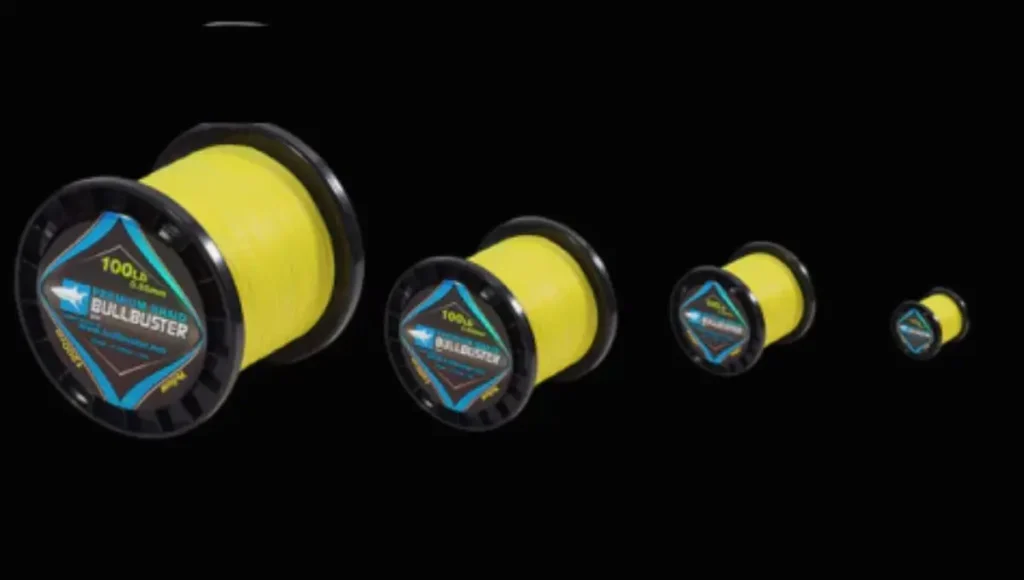
Green Braided Line
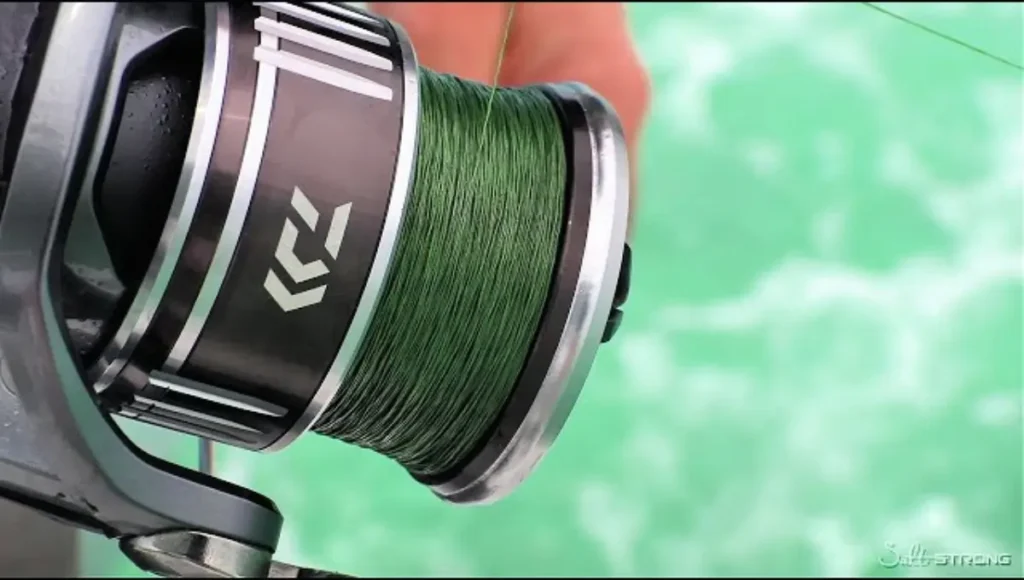
Blue Braided Line
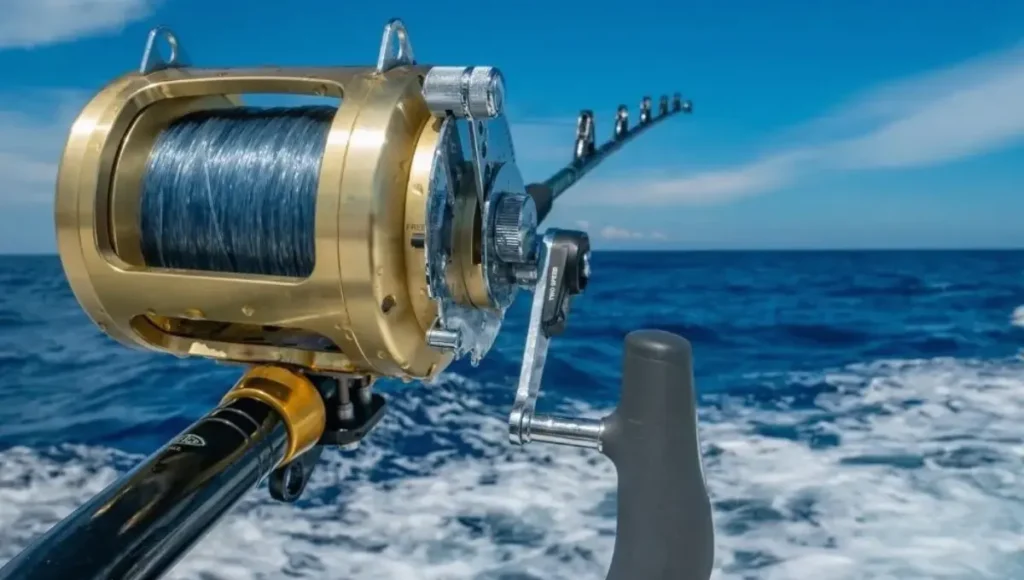
Other Colors
Frequently Asked Questions
Conclusion
The choice of braided fishing lines holds the potential to determine success or failure during your time on the water, making it imperative to select the right one for your specific needs. Conduct thorough research to decide between multi- or monofilament braids, brown or green lines, and other factors that align with your target species.
Once you’ve identified the most suitable type, pay careful attention to the size and length of the line. Additionally, prioritize proper storage and maintenance, emphasizing cleanliness for optimal performance.
Armed with this knowledge about different braid types, colors, sizes, lengths, and maintenance techniques, you’re ready to lace up your boots and embark on an enjoyable and memorable day of fishing, regardless of the chosen environment.


